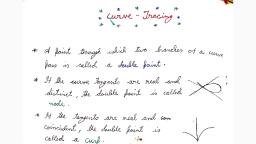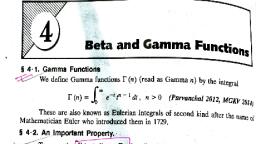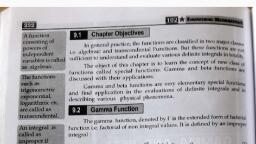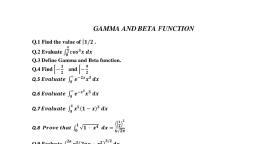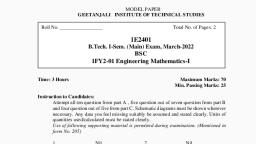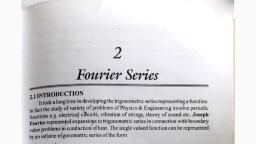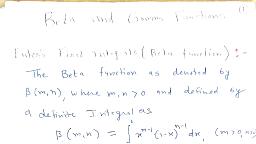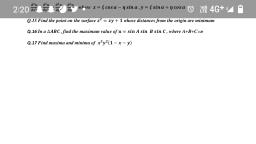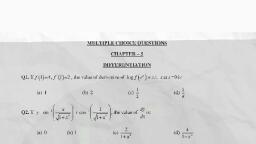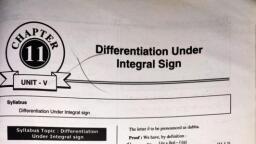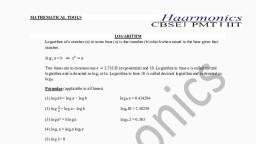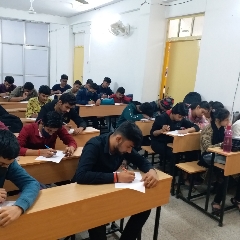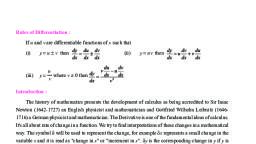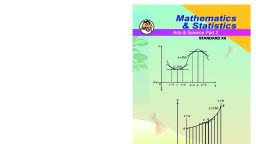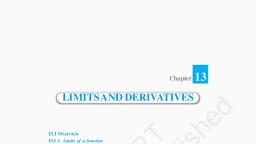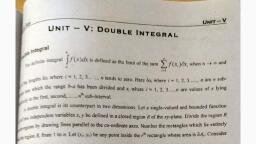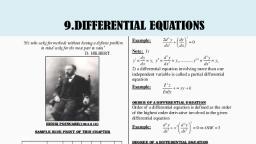Page 2 :
329, , (3), , , , which is another form of Bm, n),, , This function is also called Euler's integral of the first kind*», -(t), , , , This integral is also known as Euler’sfii ep, , , , values of n. It defines a function of n for positive, , In particular, y= { e*dx= |- elo 1 «(ti), , (2) Reduction formula for Tin)., , S co, , Since T(n + 1) = Ss e-*x" dx [Integrating by parts] = |-x" e*|, +n f ex") de, , i ean w(ttt), which is the reduction formula for I(n). From this formula, it is clear that if [(m) is known, , throughout a unit interval say : 1<n<2, then the values of I(n) throughout the next unit, interval 2<ns3 are found, from which the values of I'(n) for 3<n<4 are determined and so, on. In this way, the values of T(n) for all positive values of n> 1 may be found by successive, application of (iii). é :, , Also using (iii) in the form, , Tin) = Tet iv), , We can define '(n) for values of n for which the definition, (1) fails. It gives the values of I(r) for 0<n <1 in terms of, the values of I(n) for 1<n <2. Thus we can define I'(n) for, all n <0 provided its value for 1<n<2 is known. Also if, —1<n<0, (4) gives I(n) in terms. of its values for 0<n<1., Then we may find, I'(n) for -2<n<-1and soon., , Thus (i) and (iv) together give a complete definition of, T(n) for all values of n except when n is zero or a negative, integer and its graph is as shown in Fig. 7-44. The values of, T(n) for 1<n <2 are given in the form of tables from which, the values of I'(n) for values of n outside the interval, l<ns<2(n+0,-1,-2, ~3...) may be found., , (3) Val ET(n) i a, , Using, , , , , , , , , , , 1 = successively, we get, T(2)=1xT(1)=1!, 1(8)=2xT(2)=2x1=2!, ‘T4)=8 xT) =3x2!=31 >, ae Baa Fig. 7.44., * After an enormously creative Swiss mathematician Leonhard Euler (1707-1783). He studied under, , John Bernoulli and became a professor of mathematics in St. Petersburg, Russia. Even after becoming totally., blind in 1771, he contributed to almost all branches of mathematics., , , , , , , , Scanned with CamScanner


